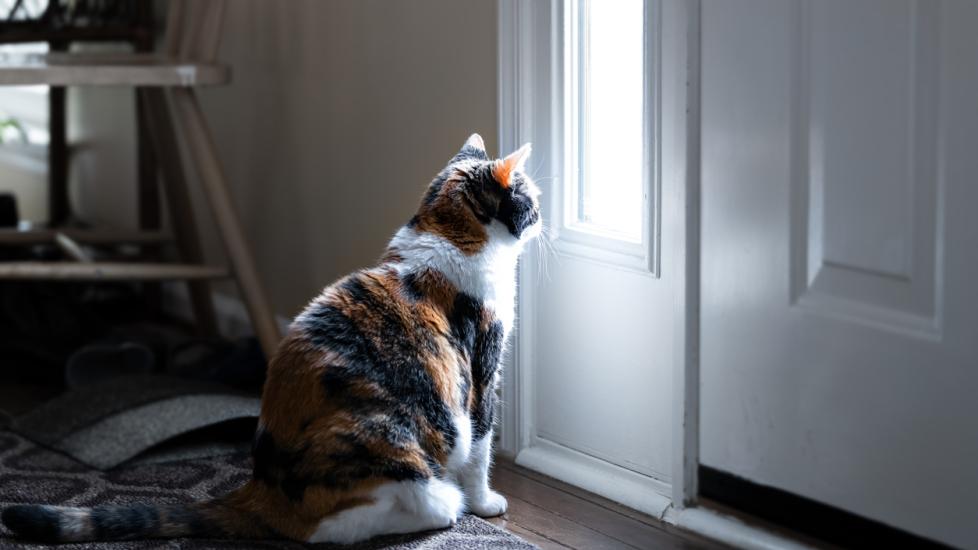Why You Should Microchip Your Cat
Though it’s tough for cat parents to think about, pets go missing every day. One study found that 15% of pet cats were lost within a five-year span, and it’s not a guarantee that your lost cat will be able to find their way home. Microchipping your cat can help your lost cat be returned to you.
Key Takeaways
- Microchipping your cat is the only way to ensure your lost pet can be identified if found.
- Microchip costs vary from clinic to clinic, but you can expect to pay between $50 and $70.
- You must register your cat's microchip online with your contact information. Otherwise, the microchip is useless.
What Is a Pet Microchip?
A microchip is a small electronic chip enclosed in a glass cylinder that’s about the size as a grain of rice. The device is implanted into your cat’s skin, typically between the shoulder blades, with a quick injection.
The microchip is activated by a handheld scanner that’s passed over the area. The radio waves emitted by the scanner activate the chip, and the chip transmits the identification number to the scanner.
The microchips used in pets only contain an identification number, not your contact information or your cat’s medical history. For the identification number to be traced back to you, you’ll need to register your pet’s microchip in a database. If the chip is implanted and not registered, it is essentially useless.
Cost of Microchipping a Cat
Microchip costs will vary from clinic to clinic, but they are generally inexpensive and well worth the cost. You can expect the cost of microchipping a cat to be between $50 and $70. Some veterinarians may charge an additional examination fee, while others may charge for the microchip and injection only.
Many animal shelters microchip their animals before they are adopted. In this case, the fee is usually covered in the overall adoption cost.
Benefits of Microchipping Cats
If your cat goes missing, a registered microchip is the only way to ensure they can be easily identified by whoever finds them. When a stray cat is found and taken to a veterinary clinic, they’ll always be scanned for a microchip. The microchip’s identification number will lead back to you.
Placing a collar and ID tags on your cat can also help in the event your kitty goes missing, but collars can easily be removed or break off. Should this happen when your cat is lost, whoever finds them won’t have a way to know who they belong to without a microchip.
In short, microchipping your cat gives you the best chance of being reunited with them if you become separated.
How To Register Your Microchip
When a veterinarian or animal shelter implants the microchip, you’ll receive information about how to register the chip online. There are several microchip manufacturers, including:
When you have the manufacturer and identification number from your vet or rescue, log onto the website, answer a few quick questions about your pet, and provide your contact information. The entire process takes only a few minutes.
It’s important to always make sure your contact information is up to date. If you change your phone number or home address, always remember to update your cat’s microchip information. If the wrong number is attached to their chip, in the event they go missing, you won’t be able to be contacted.
Microchipping Cats FAQs
Can I track my cat with a microchip?
A cat microchip is not the same as a GPS tracker, and you cannot locate your lost cat with their microchip identification number. A microchip simply connects the cat to your contact information when it’s scanned.
Should I microchip my indoor-only cat?
Yes, you should microchip your indoor cat—even if they’re not allowed outside. Indoor cats can always escape through an open door or window, so don’t assume they’ll never get out and become lost.
When is a kitten old enough for a microchip?
Some veterinarians will microchip a kitten as young as 8 weeks old, especially in a shelter environment. If you adopt a kitten without a microchip, talk to your veterinarian about getting the implantation done.
Featured Image: iStock/ablokhin
